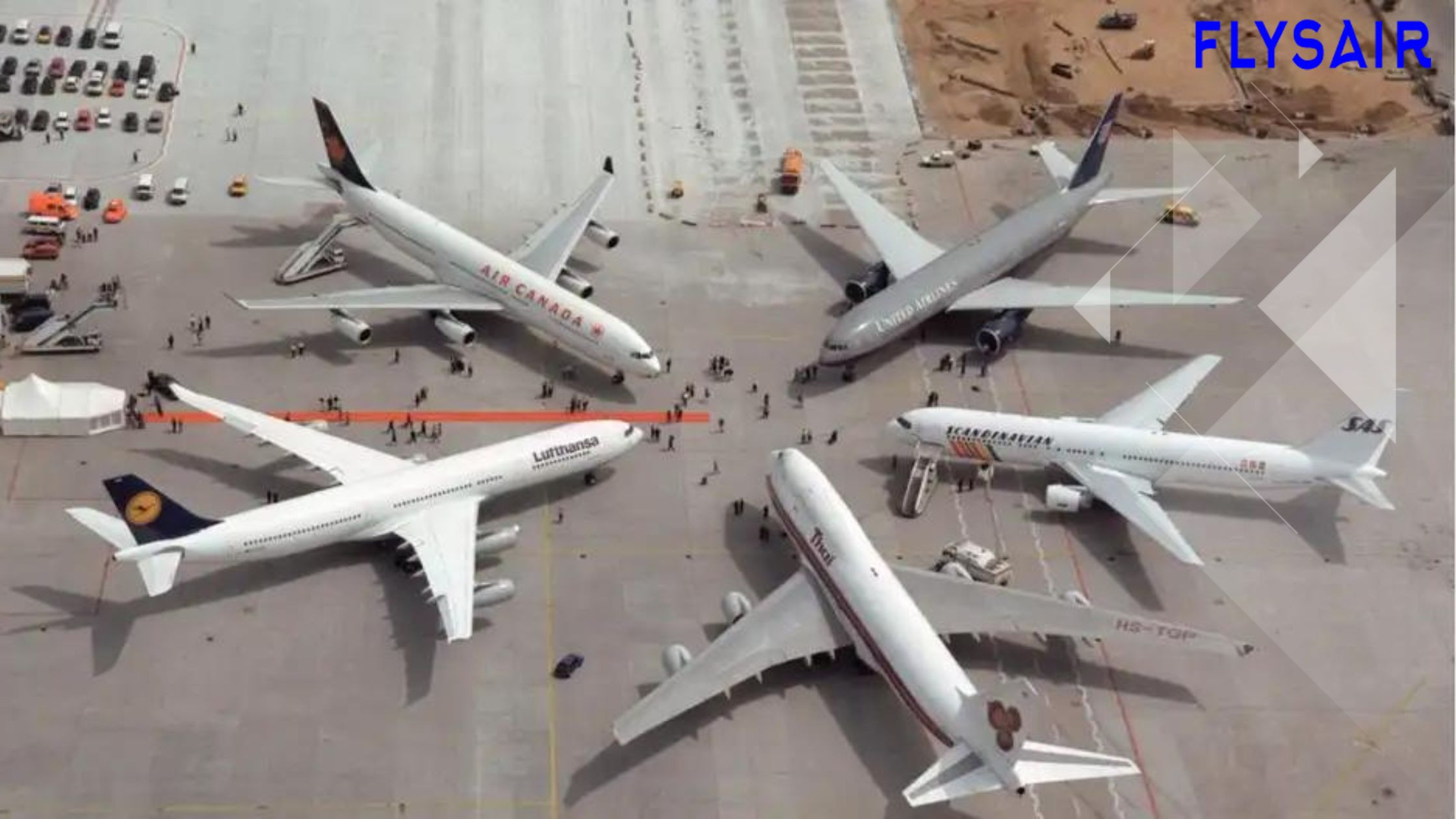Understanding Airline Alliances: What They Mean for Travelers
Posted on June 27, 2024 by Admin

Understanding Airline Alliances: What They Mean for Travelers
When it comes to air travel, Airline Alliances play a significant role in enhancing the overall experience for passengers. These alliances, which are partnerships between multiple airlines, offer a range of benefits including more flight options, better connectivity, and various perks for frequent flyers. This guide delves into the world of Airline Alliances, exploring their advantages and what they mean for travelers.
What Are Airline Alliances?
Airline Alliances are agreements between airlines to cooperate on a broad level. The three major global alliances are Star Alliance, SkyTeam, and Oneworld. These alliances allow member airlines to share resources, coordinate schedules, and offer reciprocal frequent flyer benefits. By collaborating, airlines can provide a seamless travel experience across different carriers.

The Benefits of Airline Alliances
Expanded Route Networks
One of the primary benefits of Airline Alliances is the expanded route network. When airlines join an alliance, they can offer passengers more destinations without having to operate flights on those routes themselves. This means travelers have access to a vast number of destinations worldwide, often with convenient connections and a single booking process.
Enhanced Connectivity
Airline Alliances improve connectivity between flights. Member airlines coordinate their schedules to minimize layover times and simplify transfers. For example, a passenger flying from New York to Tokyo might fly with one alliance member from New York to Los Angeles and then transfer to another member for the flight from Los Angeles to Tokyo, all on a single ticket.
Frequent Flyer Benefits
Frequent flyers benefit significantly from Airline Alliances. Points or miles earned on one airline can be redeemed on any member airline, allowing travelers to accumulate rewards faster and enjoy perks such as priority boarding, lounge access, and extra baggage allowances across the alliance network.
Shared Facilities
Passengers flying with Airline Alliances members can often access shared airport lounges, making layovers more comfortable. These lounges provide amenities such as food, beverages, Wi-Fi, and relaxation areas, enhancing the travel experience.
Must Read : Airlines with the Most Comfortable Economy Class Seats
Streamlined Services
By being part of an alliance, airlines can offer streamlined services such as coordinated check-in, baggage handling, and customer service. This cooperation makes it easier for passengers to navigate their journey, especially when it involves multiple airlines.

Major Airline Alliances
Star Alliance
Founded in 1997, Star Alliance is the largest of the three major alliances. It includes prominent airlines such as Lufthansa, United Airlines, and Singapore Airlines. With over 26 member airlines, Star Alliance covers a vast network of destinations worldwide.
SkyTeam
SkyTeam, established in 2000, includes airlines such as Delta Air Lines, Air France, and KLM. SkyTeam offers extensive connectivity across Europe, North America, Asia, and beyond, with a strong focus on customer service and seamless travel experiences.
Oneworld
Oneworld, also founded in 1999, includes British Airways, American Airlines, and Cathay Pacific among its members. Oneworld is known for its premium services and a broad network that spans six continents.
How Airline Alliances Benefit Different Types of Travelers
Business Travelers
For business travelers, Airline Alliances provide the flexibility and connectivity needed for global travel. The ability to earn and redeem frequent flyer points across multiple airlines and access premium lounges ensures a productive and comfortable journey.
Leisure Travelers
Leisure travelers benefit from the extensive route networks and streamlined services offered by Airline Alliances. The convenience of booking multi-leg trips on a single ticket and the availability of shared facilities enhance the overall travel experience.
Frequent Flyers
Frequent flyers gain the most from Airline Alliances due to the ability to earn and redeem miles across the entire network. The reciprocal benefits, such as lounge access and priority services, add significant value to their loyalty.
Potential Drawbacks of Airline Alliances
While Airline Alliances offer many benefits, there are potential drawbacks. The level of service may vary between member airlines, and not all frequent flyer benefits are always consistent across the alliance. Additionally, some travelers might find that their preferred airlines are not part of the same alliance, limiting their options.
Must Read : How to Handle Flight Delays and Cancellations
Faqs
-
1. What is an Airline Alliance?
An Airline Alliance is a partnership between multiple airlines that collaborate to offer expanded route networks, coordinated schedules, shared facilities, and reciprocal frequent flyer benefits.
-
2. How do Airline Alliances benefit frequent flyers?
Frequent flyers benefit from Airline Alliances through the ability to earn and redeem points across member airlines, access to shared airport lounges, priority services, and streamlined travel experiences.
-
3. Which are the major Airline Alliances?
The three major Airline Alliances are Star Alliance, SkyTeam, and Oneworld. Each includes numerous member airlines, offering extensive global coverage and various passenger benefits.
-
4. Can I book a single ticket for flights operated by different member airlines?
Yes, Airline Alliances allow passengers to book a single ticket that includes flights operated by different member airlines, simplifying the booking process and ensuring coordinated services.
-
5. Are there any disadvantages to flying with Airline Alliances?
Potential disadvantages of Airline Alliances include varying levels of service between member airlines and inconsistent application of frequent flyer benefits. Additionally, travelers might have limited options if their preferred airlines are in different alliances.
Recent Post
- Singapore Airlines: Tips for Booking the Best Seats in Economy Class
- The World’s Busiest Airports: Managing High Passenger Volumes
- How Airlines are Enhancing Passenger Experience with Technology
- The Impact of Low-Cost Airlines on the Aviation Industry
- Top 10 Airlines for Customer Service in 2024
- British Airways: Navigating Avios Points for Free Flights
- The Unique Features of Air France’s Premium Economy Class
- The Best Airlines for Group Travel: Discounts and Services
- Tips for Traveling with Disabilities: Airline Policies and Support Services
- How to Upgrade Your Seat Without Breaking the Bank